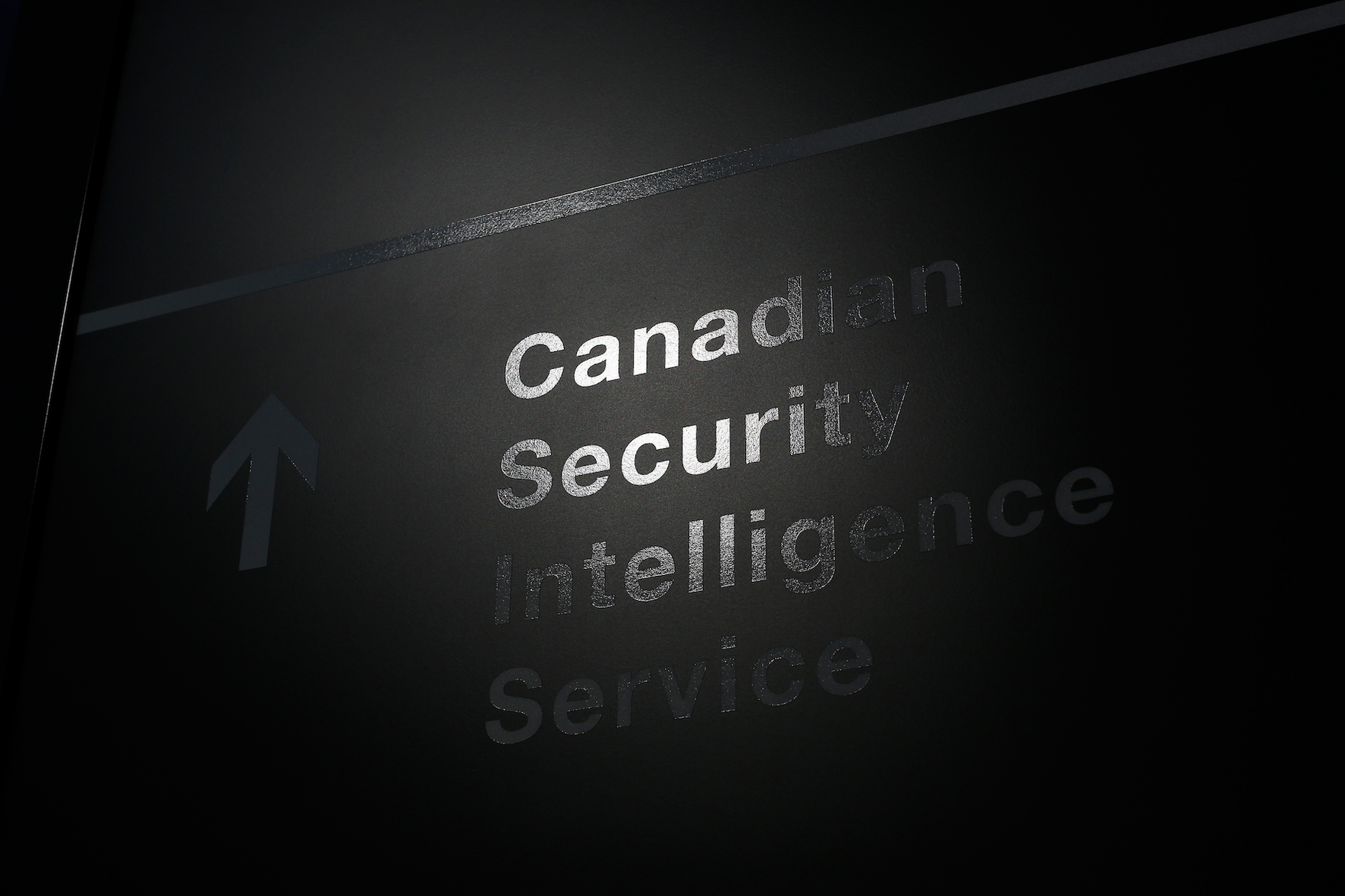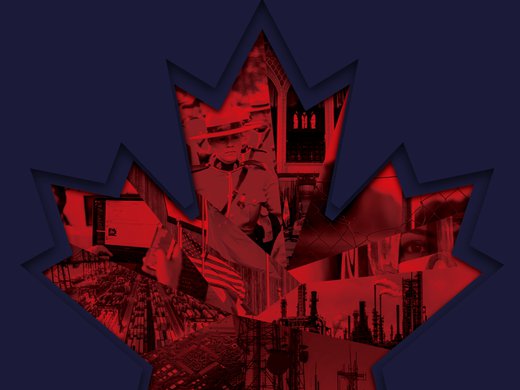On September 19, for the first time in our history, the Government of Canada published a list of its national intelligence priorities and made a public case for those priorities. Critics will dismiss this as an effort to burnish the national-security credentials of a tired government. But that would be an unfair assessment. This move, albeit long overdue, is necessary and welcome.
Anyone paying attention will be aware that the global geopolitical frame, and Canada’s national security context within it, has evolved dramatically in recent years, and not for the better.
We live in a far more dangerous world than the one in which many Canadians grew up. The old bipolar equilibrium between the twentieth century’s two superpowers is a historical artifact. And the unipolar order led by a pre-eminent United States, in the years following the Cold War, is also gone.
We’re now grappling with an emerging multipolarity, in which regional blocs vie for power and no one nation is ascendant. The Global South has found its footing and is challenging the US-led international order. Technological transformation and digitalization have upended economic and social systems worldwide. And great-power struggle, as seen in the wars in Ukraine and the Middle East and the formation of rival geopolitical blocs led by China and the United States, is back with a vengeance.
It’s in this context that the decision to make public a set of national intelligence priorities could not be more timely. The plan has a number of intended outcomes: to counter and prevent hostile-state activities against Canada and Canadians; to advance Canada’s economic security; to strengthen Canadian and allied security and defence in the face of operational and tactical security threats; and to protect Canadian interests by deterring and disrupting serious threats to this country.
To achieve these objectives, the document sets out priorities for intelligence gathering and analysis. Given the daunting evolution we’ve sketched above, the list is lengthy — from foreign interference to espionage, cyberthreats, global health risks, threats to Arctic sovereignty, violent extremism, transnational organized crime and eroding border security. A close read of this document will, indeed, keep people up at night.
But the point is not just to raise the alarm, though it does that. This list of intended effects and intelligence priorities leads to three significant observations.
The first is that the dangerous and uncertain times in which we live are here to stay for the foreseeable future. Beginning in March 2020, not a family in Canada was unaffected by a virus emanating from China, which caught millions of people around the world unawares. The Russian attempt to conquer or destroy Ukraine, more than two-and-a-half years on, shows no sign of abating. The war in the Middle East threatens to broaden into an all-out regional conflict at any moment.
Meantime, in May, Justice Marie-Josée Hogue, through the public inquiry into foreign interference, made clear that hostile foreign actors did indeed attempt to meddle in Canada’s two most recent general elections, in 2021 and 2019. Then, on September 4, Muhammad Shahzeb Khan was arrested in Ormstown, Quebec, while en route to New York City, allegedly intending to kill as many Jewish people there as possible, proclaiming that “we are going to nyc to slaughter them.” We are not, if the reader will forgive an over-used expression, in Kansas anymore.
A second observation is that the Government of Canada is now taking national security more seriously than it has to date; indeed, more seriously than have previous Canadian governments. This is not a partisan comment; it extends across the political spectrum.
Whether it’s Bill C-70, which created a foreign agent registry; the Investment Canada Act amendments, which make it harder for hostile entities to invest in core facets of the economy; research security guidelines that cause researcher facilities to re-examine their relationships with would-be partners; Bill C-26, which beefs up cybersecurity; or the recent update to the country’s national security strategy, the focus has appreciably shifted. Again, this is long overdue, but welcome.
Finally, it’s worth noting that there is a genuine attempt here to engage with and inform Canadians about the risks and threats we face, to invite them into a discussion about how we respond as a country. The document concludes with the government’s commitment to increase public knowledge, awareness and understanding of the work of the national security and intelligence communities.
In a country in which security issues have always scored lower on the list of public priorities than social issues and health care, it’s a tall order. But a journey of a thousand miles begins with a single step.
The bottom line? “Canada’s Intelligence Priorities” marks the start of a conversation, not the end. The list will necessarily evolve. But it’s important to understand this: Now that the list has seen the light of day, it will be difficult for any future government to thrust it back into the shadows.
This material will inform policy makers’ decisions, and the process by which they arrive at those. Scholars, thought leaders and journalists will have an opportunity to weigh in. And with more and better information will come better decisions — both operational and strategic. In the end, this can help make Canada a safer country.



